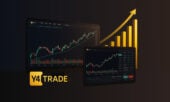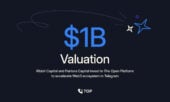Proprietary trading, often referred to simply as prop trading, involves financial firms or commercial banks that invest for direct market gain rather than earning commission dollars by trading on behalf of clients.
This type of trading activity allows institutions to realize full profits from a trade rather than merely earning the commission from executing trades using client funds.
Understanding what is prop trading is essential for anyone involved or interested in financial markets, as it plays a significant role in liquidity and risk distribution.
What Is Prop Trading?
In prop trading, firms use their own capital to bet on market trends. This could involve a wide range of strategies including arbitrage, which seeks to exploit price differences between similar assets. For instance, if a stock is listed at different prices on two exchanges, a prop trader might buy the lower-priced version and sell it where prices are higher, thereby securing a profit on the spread.
The freedom for prop traders is vast; they aren’t restricted by client needs or conservative risk profiles. However, this can also mean greater risk exposure. Since they are trading the firm’s own money, any loss directly affects the firm’s bottom line.
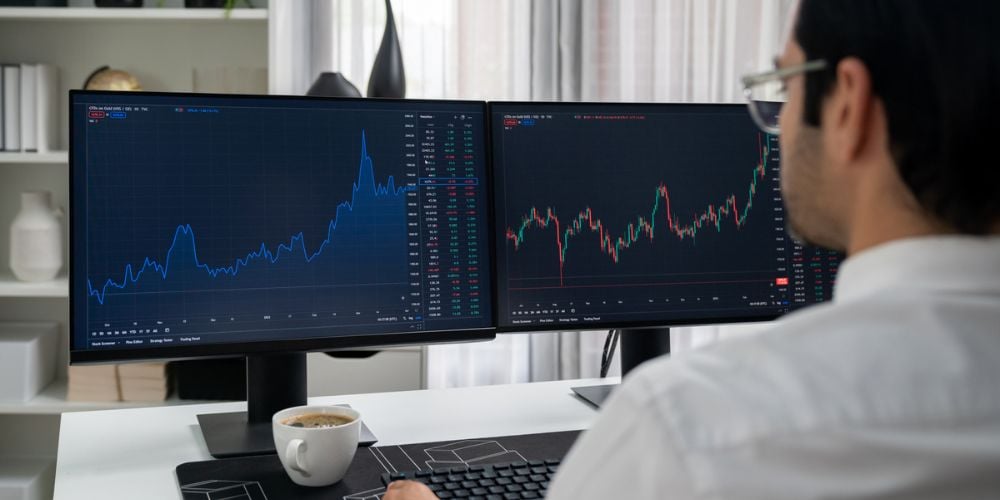
Risks and Rewards
Prop trading can be highly lucrative, offering the potential for substantial financial returns on trades that can capitalize on direct insights into market movements and complex global events.
However, the high leverage used in these operations can lead to significant losses, mirroring the potential for high gains.
Traders employ sophisticated mathematical models to place their bets, but these calculations can never eliminate market unpredictability. The volatile nature of financial markets means that even well-planned trades can go awry.
The Evolution of Prop Trading
Originally, banks and financial institutions engaged in prop trading as one facet of their operations. However, the financial crisis of 2008 led to increased scrutiny and regulation of these activities.
Notably, the Volcker Rule, part of the U.S. Dodd-Frank Act, sought to limit speculative trading by banks.
Technology has also reshaped prop trading. High-frequency trading algorithms can execute transactions in fractions of a second, and advancements in AI and data analytics have opened new strategies for prop trading firms.
Prop Trading vs. Day Trading
While prop trading might sound similar to day trading, significant differences exist. Prop traders use the firm’s capital, bear no client-induced pressure, and can access sophisticated trading tools and more considerable leverages.
In contrast, day traders operate with their own money, focus on short-term trading, and often use simpler trading platforms.
Requirements to Become a Prop Trader
A career in prop trading typically requires a strong foundation in finance or related fields.
Most traders have degrees in finance, economics, or mathematics. Skills in statistics and a deep understanding of market forces are crucial.
Certifications can enhance a trader’s credentials, but practical experience and the ability to adapt quickly to market changes are paramount for success.
The Future of Prop Trading
Prop trading continues to evolve under the influence of technology and regulatory changes. Innovations like artificial intelligence and machine learning are refining predictive models to enhance trading strategies.
Regulations remain a significant influence on prop trading practices globally. Effective governance requires staying abreast of legislative changes and adapting business practices accordingly.
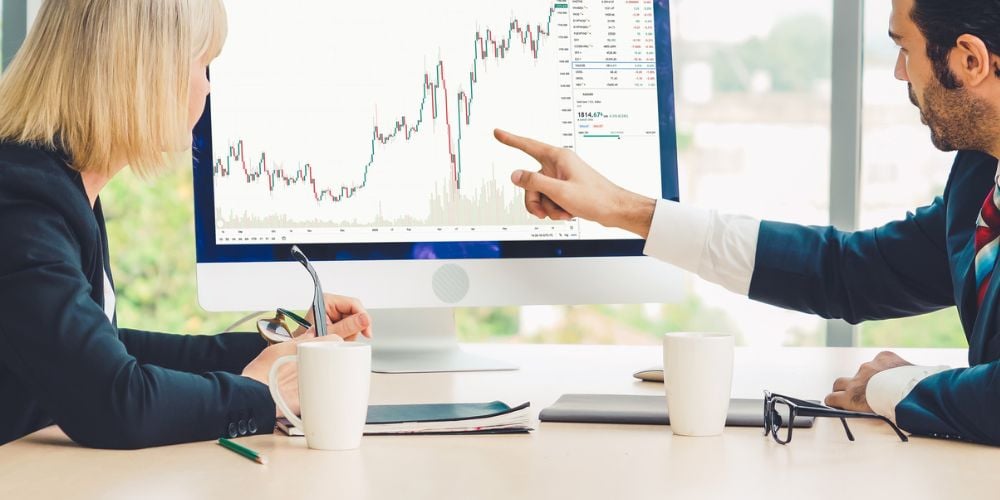
Pros and Cons of Prop Trading
Pros:
- Potential for high profits: Prop traders can generate significant returns, far exceeding typical market investment gains.
- Access to advanced tools: Prop trading firms often develop cutting-edge trading software and have access to comprehensive market data.
Cons:
- High risk: The use of the firm’s capital increases the stakes, making losses potentially devastating.
- Stressful environment: The need to perform consistently well, coupled with the complex nature of the trades, can create a high-stress environment.
Pro Tips for Aspiring Prop Traders
For those looking to dive into the world of prop trading, education is the first step — understand the financial markets, trading mechanisms, and the latest technological tools.
Managing risk and maintaining discipline in trading strategies is crucial, even for seasoned traders. Always be ready to learn and adapt as markets evolve.
Frequently Asked Questions
What is the difference between prop trading and hedge funds?
Prop trading involves a firm’s own capital for trades while hedge funds manage client investments to generate gains.
How do regulations affect prop trading activities?
Regulations like the Volcker Rule limit speculative trading to curb systemic risk.
Can someone with no prior trading experience become a prop trader?
It’s challenging but possible with thorough education and training in financial markets.
What are the major risks involved in prop trading?
High financial stakes, market volatility, and the potential for significant financial loss are primary risks.
How has technology impacted prop trading in recent years?
Technology has improved trade execution speeds and strategy formulation through advanced algorithms and data analytics.
Conclusion
Prop trading is a fascinating aspect of the financial world, offering high stakes and potential for significant rewards. However, it involves considerable risks and requires a deep understanding of market dynamics and compliance issues.
With proper education, experience, and adherence to regulations, dedicated individuals can pursue a challenging but potentially rewarding career in prop trading.

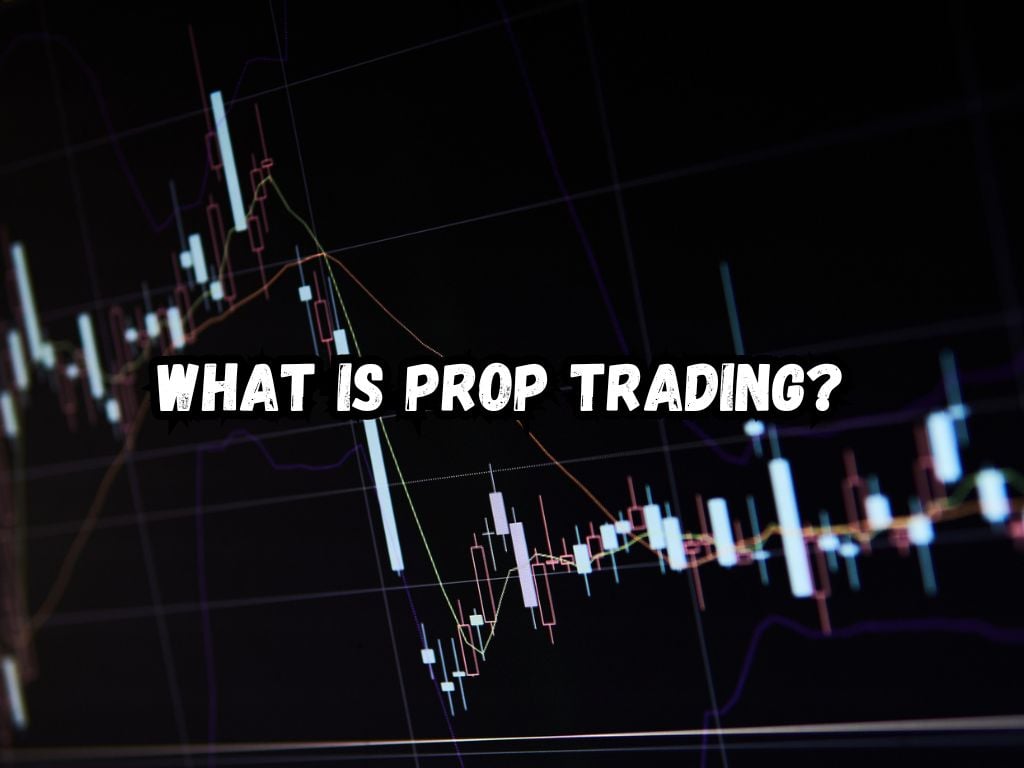
 Tags:
Tags:








